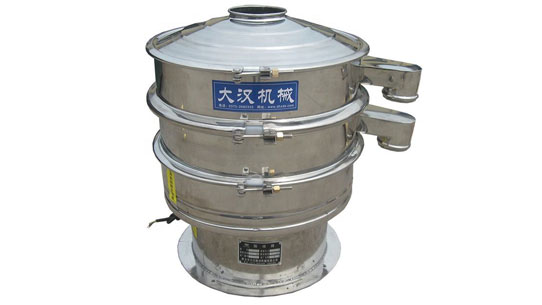The role of Stainless Steel Vibrating Sieve in sewage treatment
Monday March-10 2025 14:04:28
Before understanding the application of Stainless Steel Vibrating Sieve, we first understand the domestic sewage treatment process.
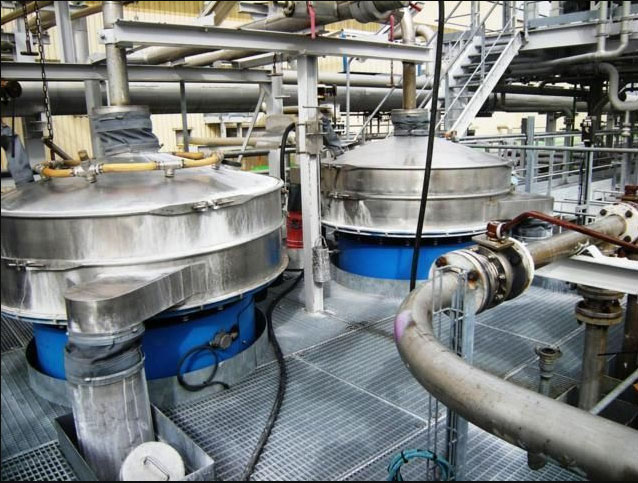
Domestic sewage treatment process
Domestic sewage--add flocculant--filter into the sieving machine--filter into the 200-mesh film-coated filter bag--filter into the activated carbon bucket--test whether it meets the standard
Application purpose of Stainless Steel Vibrating Sieve
Remove the hair, shampoo foam and plastic bag garbage in the domestic waste water to facilitate the subsequent treatment of sewage.
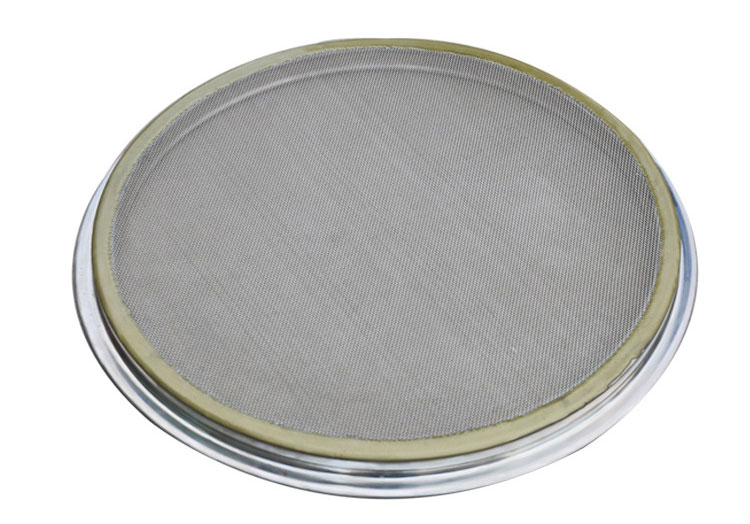
Filter mesh
60 mesh, 80 mesh, 120 mesh, 200 mesh
Deal with difficulties or issues that need to be considered
1. The flow of sewage is large, and the speed of entering the sieve is fast.
2. Will there be a safety accident if water leaks on the machine, and how to ensure the safety of filtration?
3. Frequent movement may be required in sewage treatment
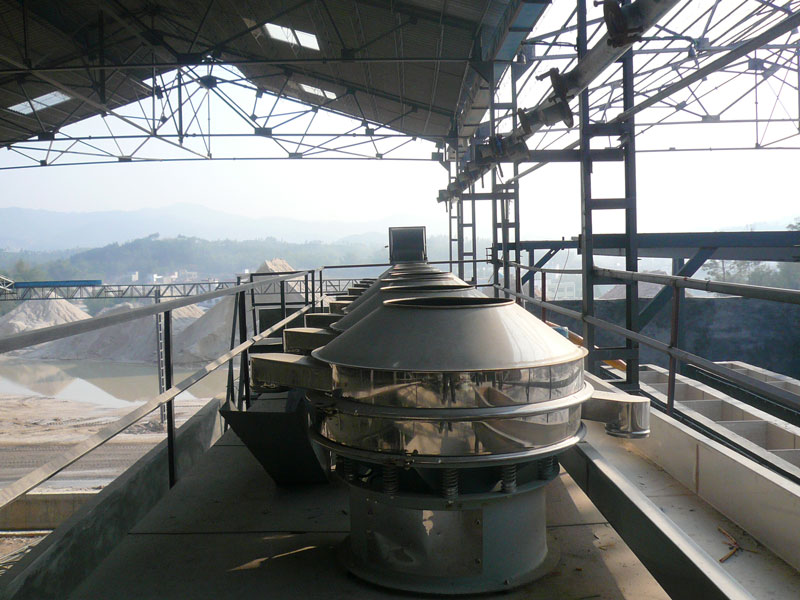
Solution and advantage analysis
Equipment Selection: Stainless Steel Vibrating Sieve
1. Sewage is generally highly corrosive, and Stainless Steel Vibrating Sieve can ensure that the machine can be used for a longer period of time and reduce maintenance frequency.
2. The capacity of the upper screen frame of the Stainless Steel Vibrating Sieve and the diameter of the feed port can be designed according to the feed pipe diameter of the sewage to ensure efficient and effective filtration.
3. The welding is flat and tight, and the filling of silicone or rubber sealing ring ensures that the sewage does not leak.
4. The brakeable mobile wheel design can move and stop at any time according to the changes of the sewage treatment site;
5. The use of waterproof motor can ensure that no production accidents will be caused by sewage leakage during screening.
What does a stainless steel vibrating sieve do?
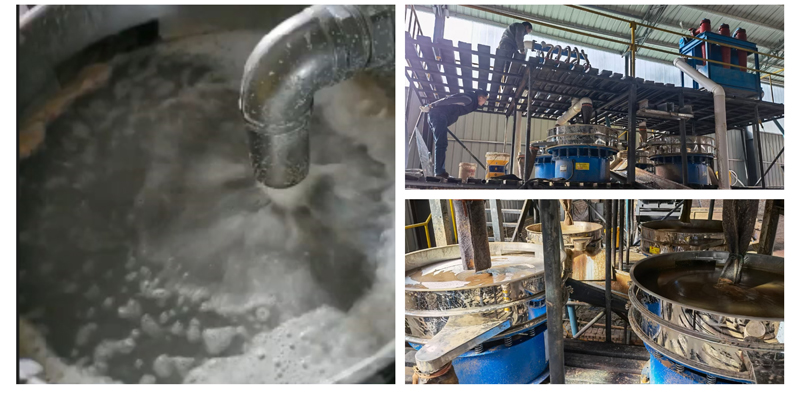
Stainless steel is an alloy composed mainly of iron, chromium, nickel and other elements in varying proportions. Its properties make it particularly suitable for wastewater treatment applications, where stainless steel vibrating sieves are chosen for wastewater transport.
Corrosion resistance and ability to withstand high flow rates, not prone to degradation
Provide a protective layer against corrosive substances in wastewater
Resist wear and tear under harsh environmental conditions to ensure long service life
Able to withstand the high pressure and high temperature common in wastewater treatment processes
Non-porous surface prevents bacterial growth and keeps treatment plants clean
What types of stainless steel vibrating sieves are used in sewage treatment plants?
| Vibrating sieve types | picture | features | applications |
| High-frequency vibrating sieve |
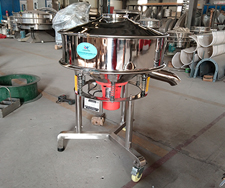 |
high vibration frequency, suitable for separation of fine particles, often used for sludge dehydration and fine filtration | treatment of sewage containing fine suspended solids, such as urban sewage and industrial wastewater |
| Linear vibrating sieve |
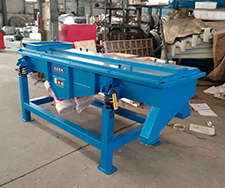 |
Linear motion trajectory, large processing capacity, suitable for coarse sieveing and pretreatment, simple structure, easy maintenance | Remove larger solid particles in sewage, such as debris, fibers, and plastics |
| Circular vibrating sieve |
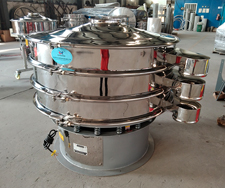 |
circular motion trajectory is suitable for a variety of sieveing needs. It can perform multi-layer sieveing to achieve separation of different particle sizes | primary and secondary treatment of sewage, sludge sieveing and classification |
Why do wastewater treatment plants use stainless steel?
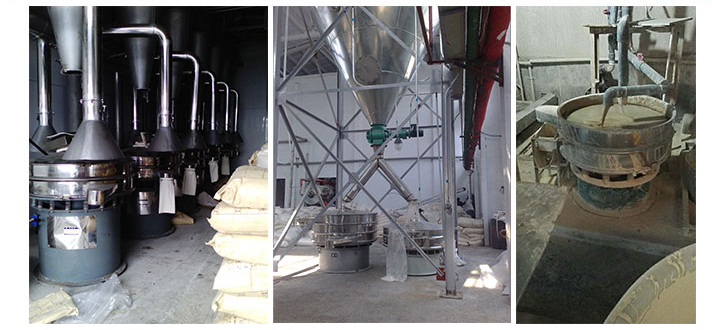
Two case studies show why:
U.S. Municipal Wastewater Treatment Plants: The use of stainless steel for piping and structural components greatly reduces maintenance costs and increases the overall efficiency of the plant.
German industrial wastewater treatment facility: The use of stainless steel tanks and reactors enhances the plant's ability to treat highly corrosive industrial wastewater.


